McLaren has introduced a new version of its Elva speedster, equipped with a windscreen.
The new variant is aimed at customers "who prefer to have a physical screen" as opposed to the barrier of air created by the standard Elva's innovative Active Air Management System (AAMS). It will also enable the Elva to be road-legal in certain US states.
A dedicated engineering programme is claimed to have ensured the windscreen variant has optimised aerodynamic and handling performance, but it is otherwise mechanically identical to the existing car. There remains no roof, side windows or rear screen.
McLaren claims the new Elva variant weighs just 20kg more than the standard car, despite the introduction of automatic wipers, windscreen heating element, sun visors and windscreen washers. That's largely because the windscreen's frame is made from carbonfibre and the speedster's AAMS system has been removed.
Performance details are yet to be confirmed, but can be expected to closely match those of the existing Elva. Customer deliveries will begin towards the end of 2021.
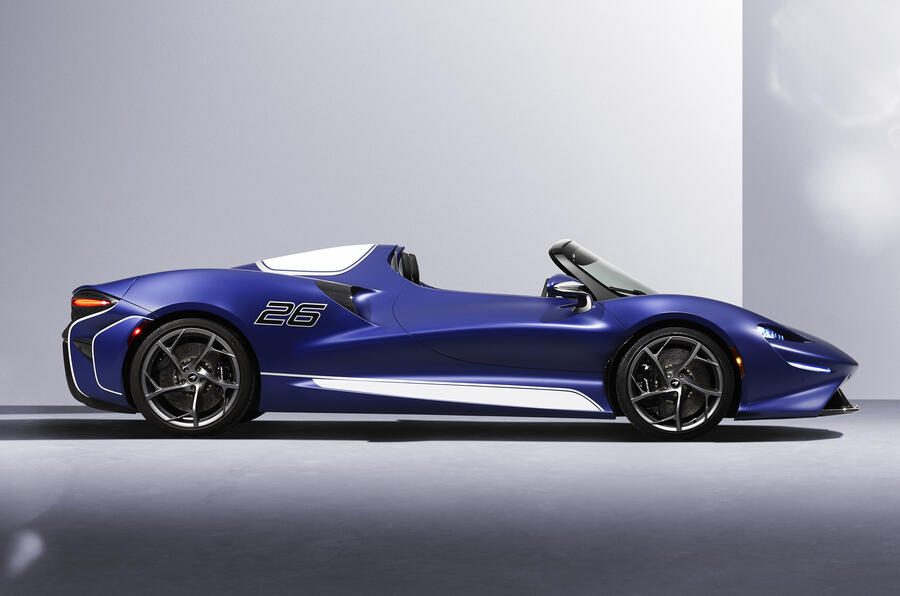
McLaren previously announced that it will produce just 249 examples of the ultra-exclusive Elva speedster, down from an initially planned 399 units, and has now reduced the build run again to just 149 units.
No official reason for the reduction has been given, but Autocar's sources suggested previously that McLaren over-estimated market demand for the model, hence the decision to reduce production numbers. The similarly conceived Aston Martin Speedster is limited to 88 examples, while Ferrari will build just 250 examples each of its SP1 and SP2 Monza roadsters.
The new machine joins the P1, McLaren Senna and Speedtail in McLaren's range-topping Ultimate Series model line, and is priced from £1,425,000 (including UK VAT).
McLaren claims the rear-wheel-drive Elva is the lightest road car it has ever produced. Powered by the firm’s 4.0-litre twin-turbocharged V8 engine, it is able to reach 62mph in 2.8secs and has a claimed 0-124mph time of 6.7sec – faster than the track-focused Senna.
The Elva name is taken from the East Sussex constructor whose chassis was used as the basis for McLaren’s M1A, M1B and M1C two-seat sports cars in the 1960s, which serve as spiritual predecessors to the new road car. McLaren has acquired the rights to the Elva name.
McLaren boss Mike Flewitt says the Elva is “a uniquely modern car that delivers the ultimate connection between driver, car and the elements”. It features a bespoke, lightweight carbonfibre chassis, with no roof, windscreen or side windows.

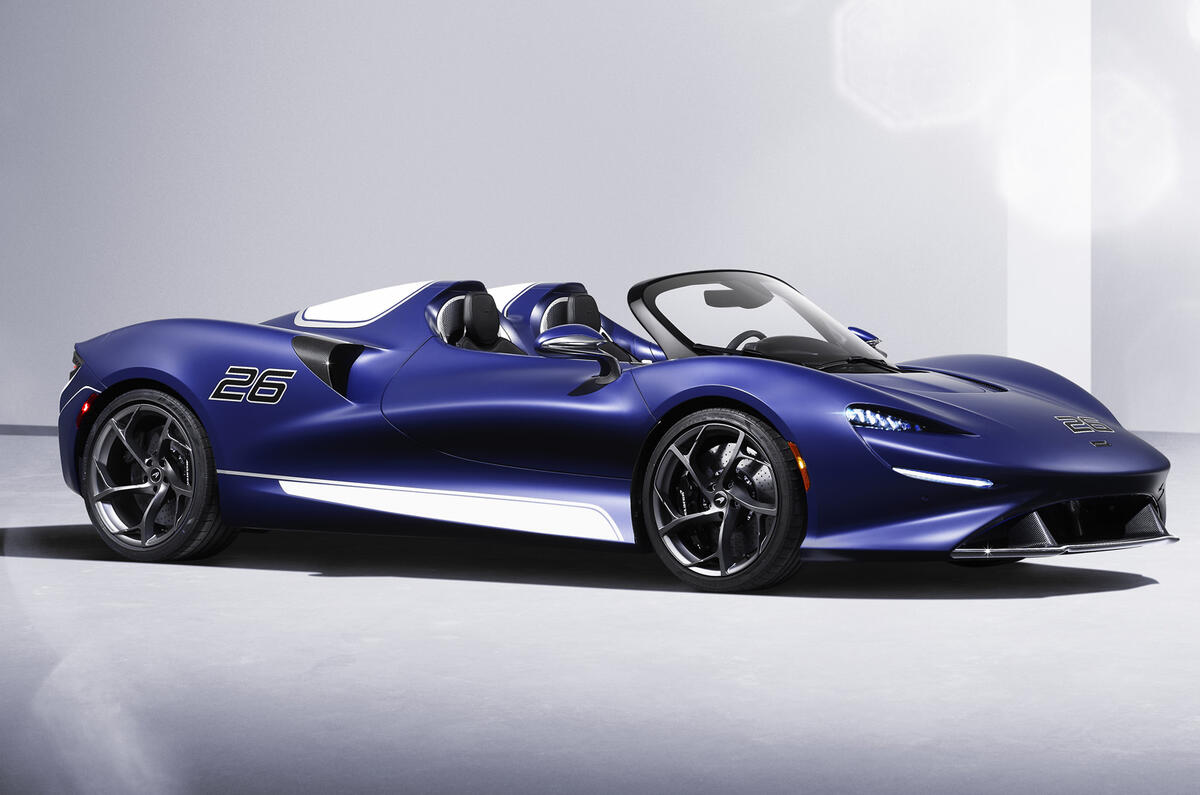

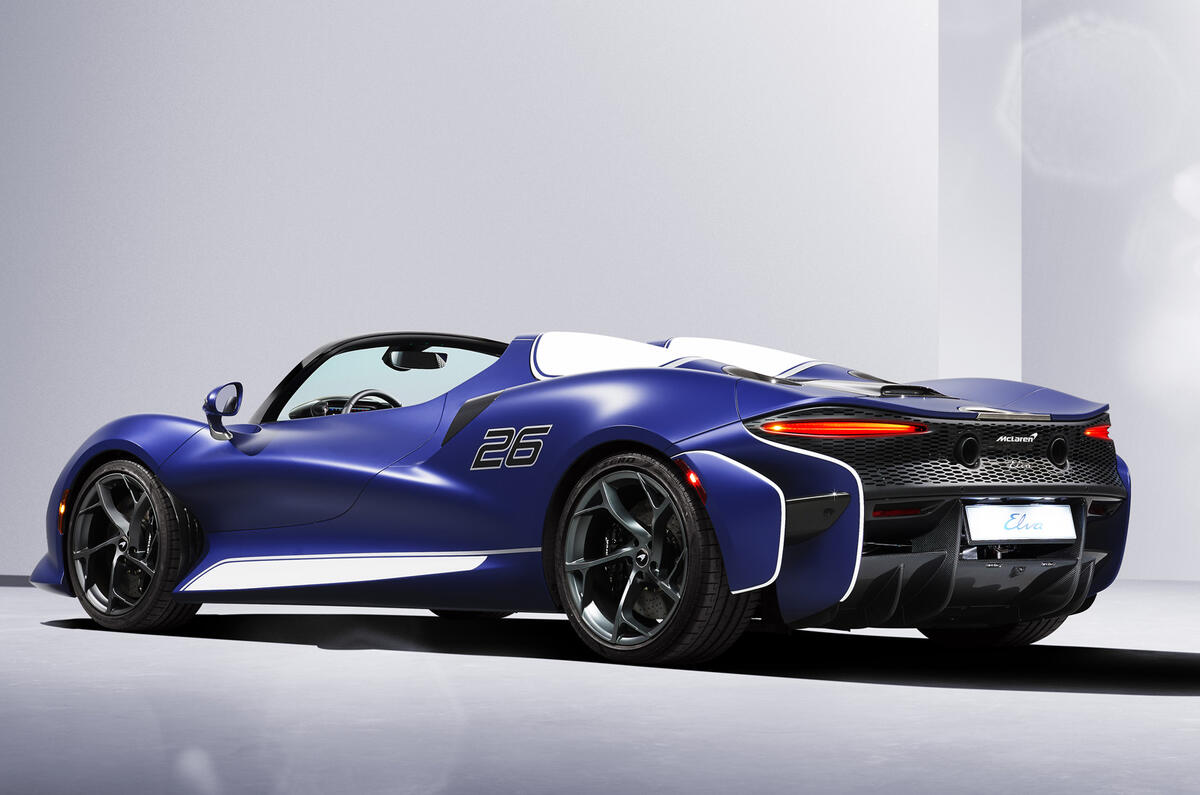
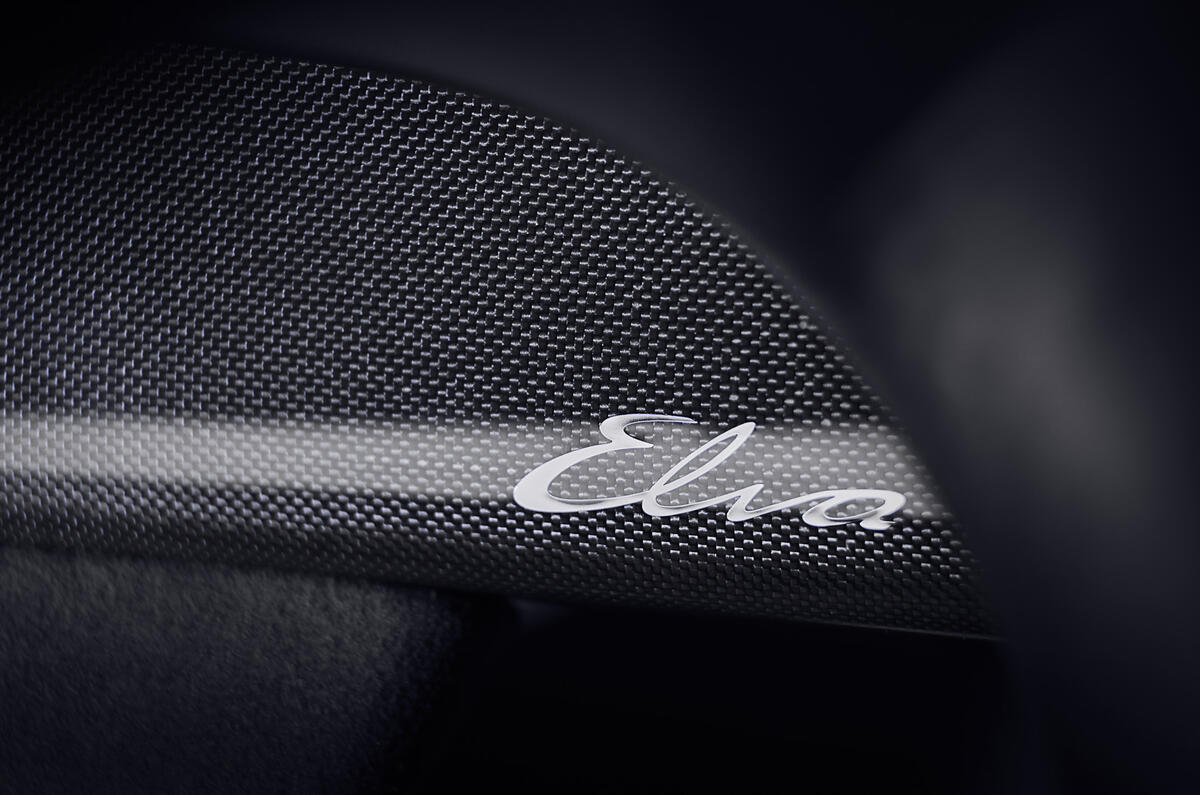
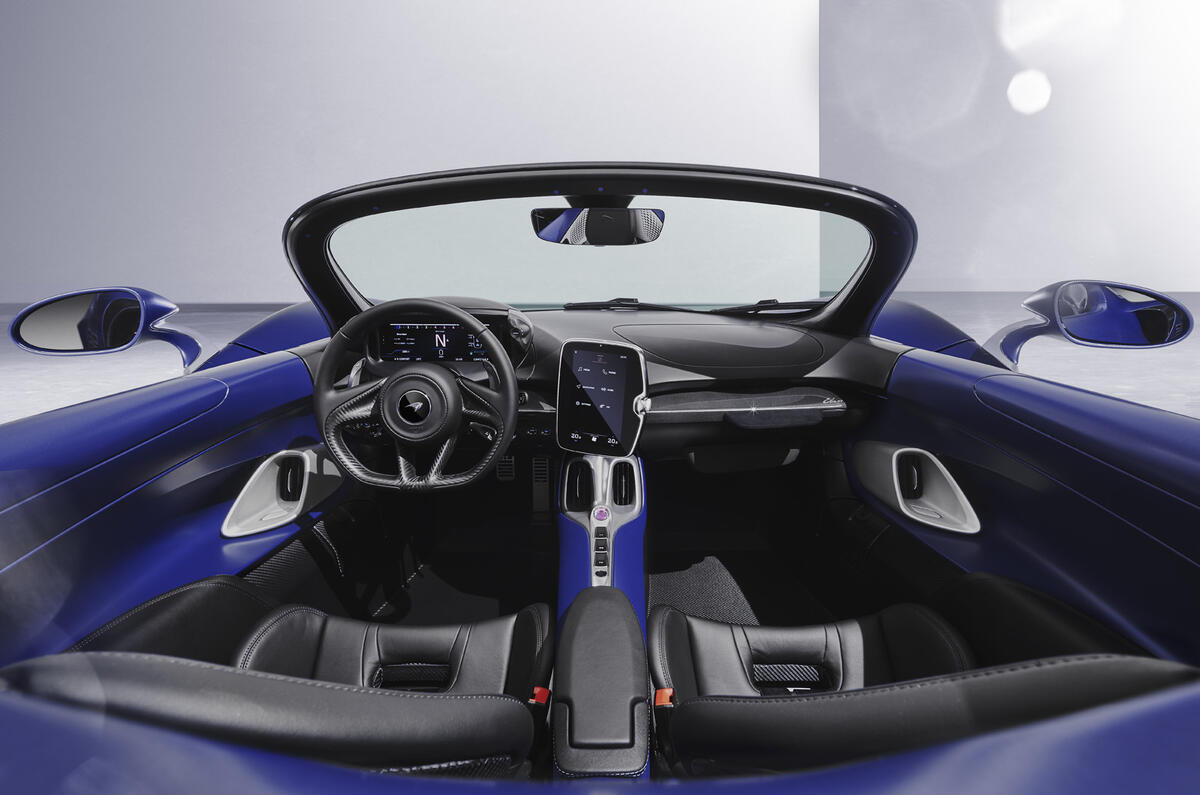
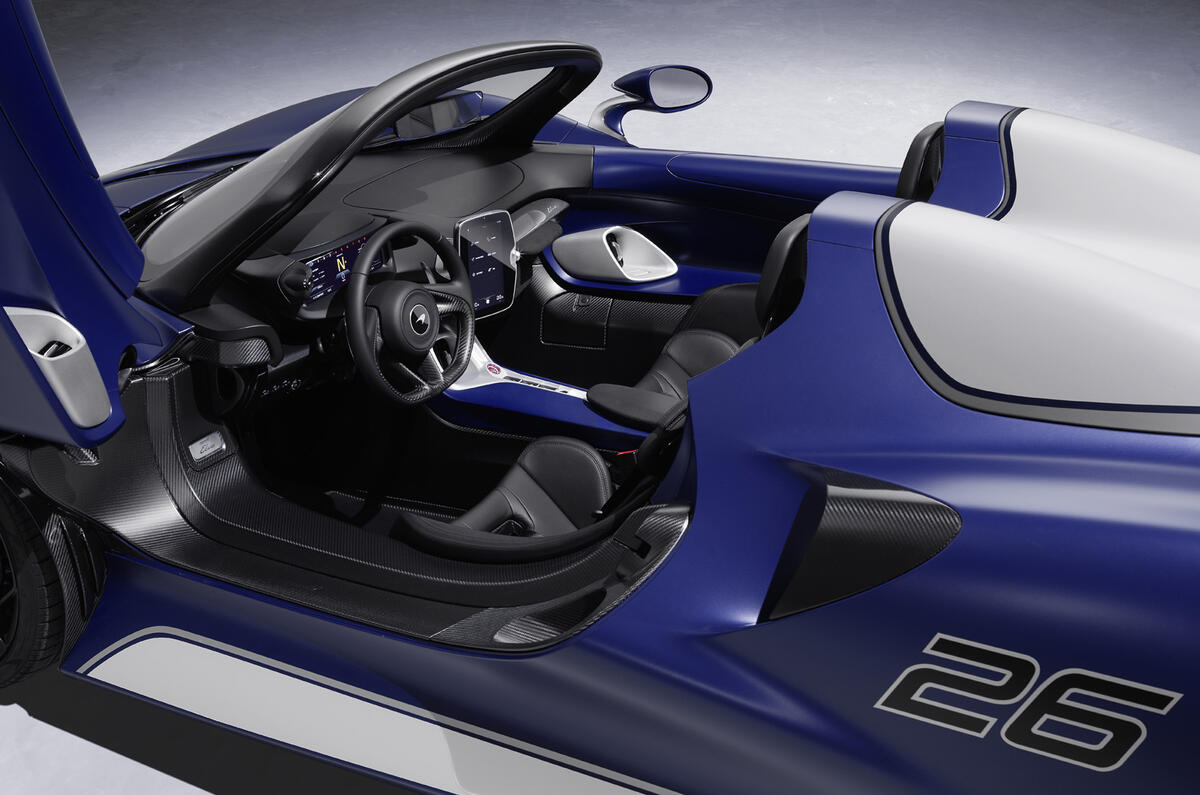
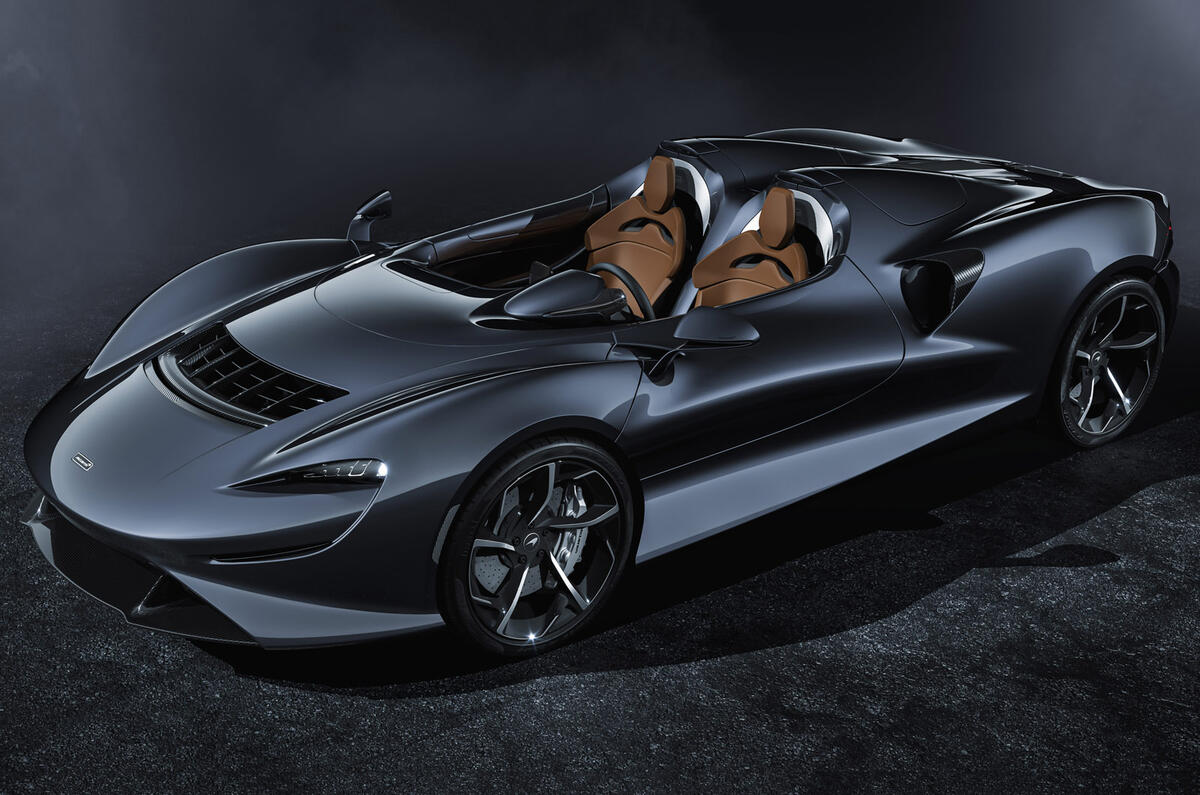


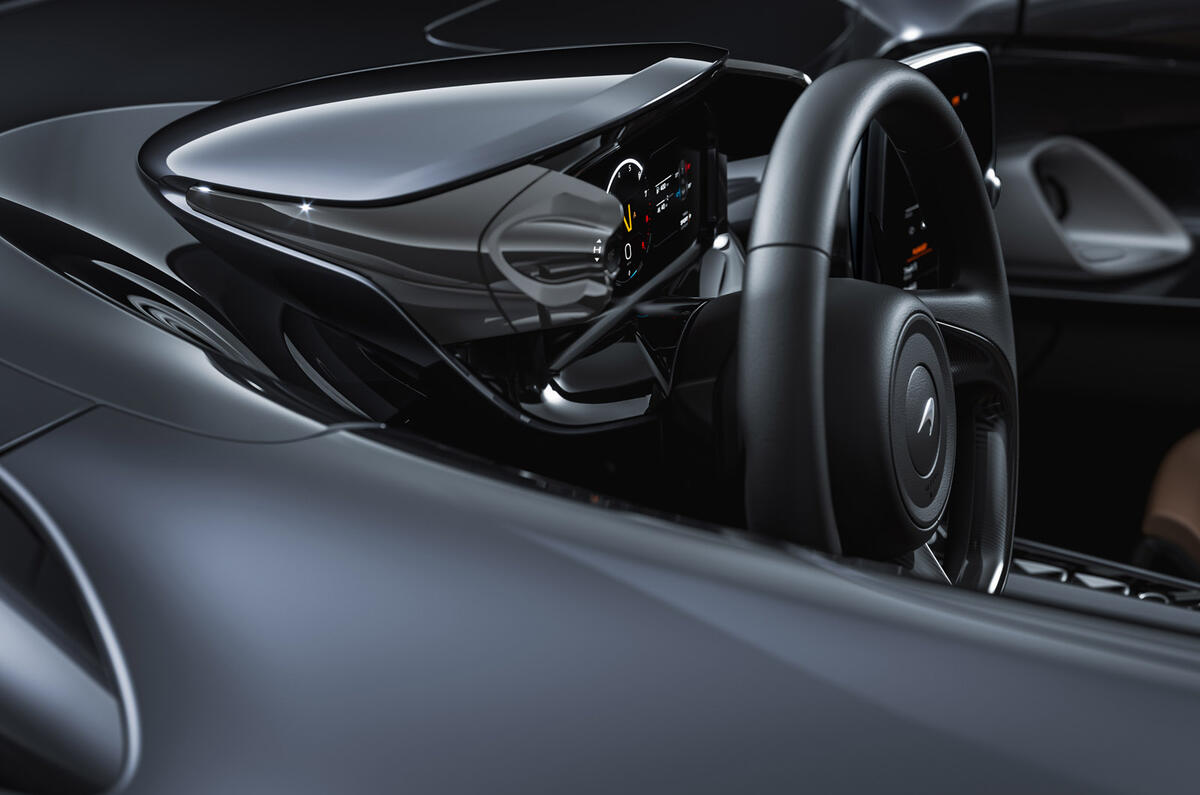
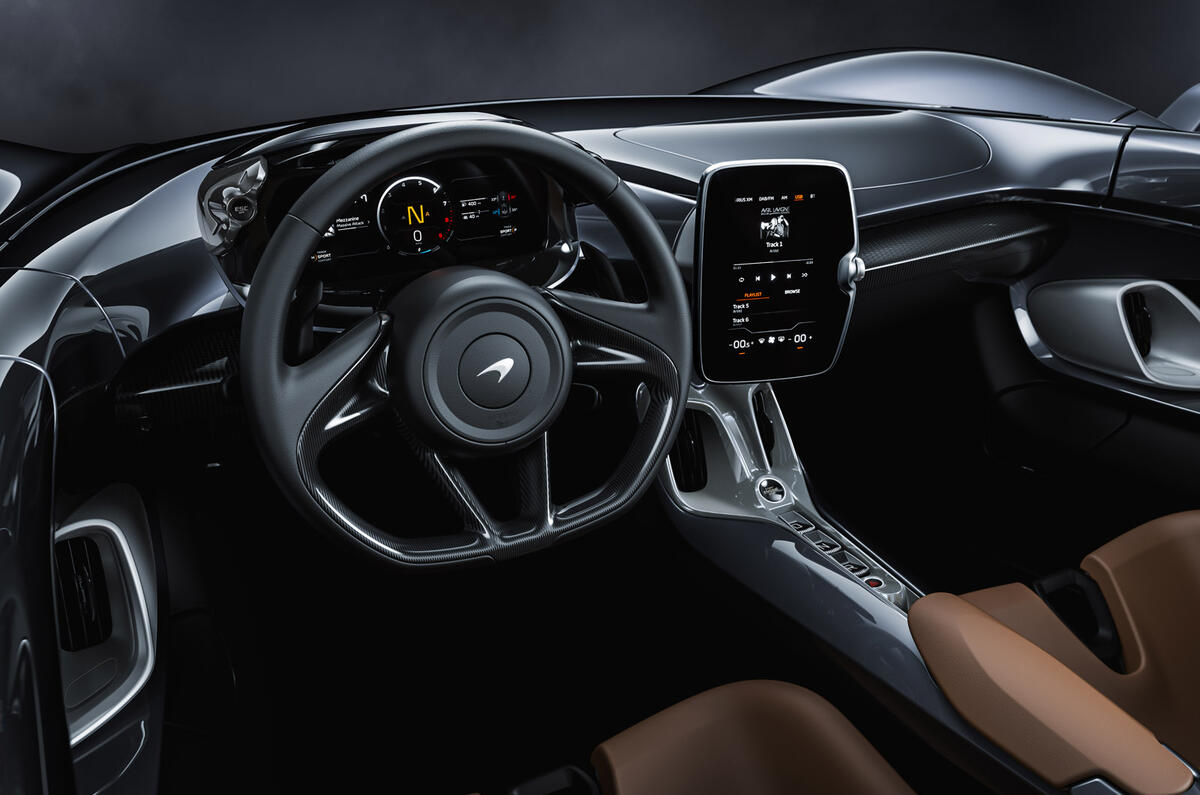
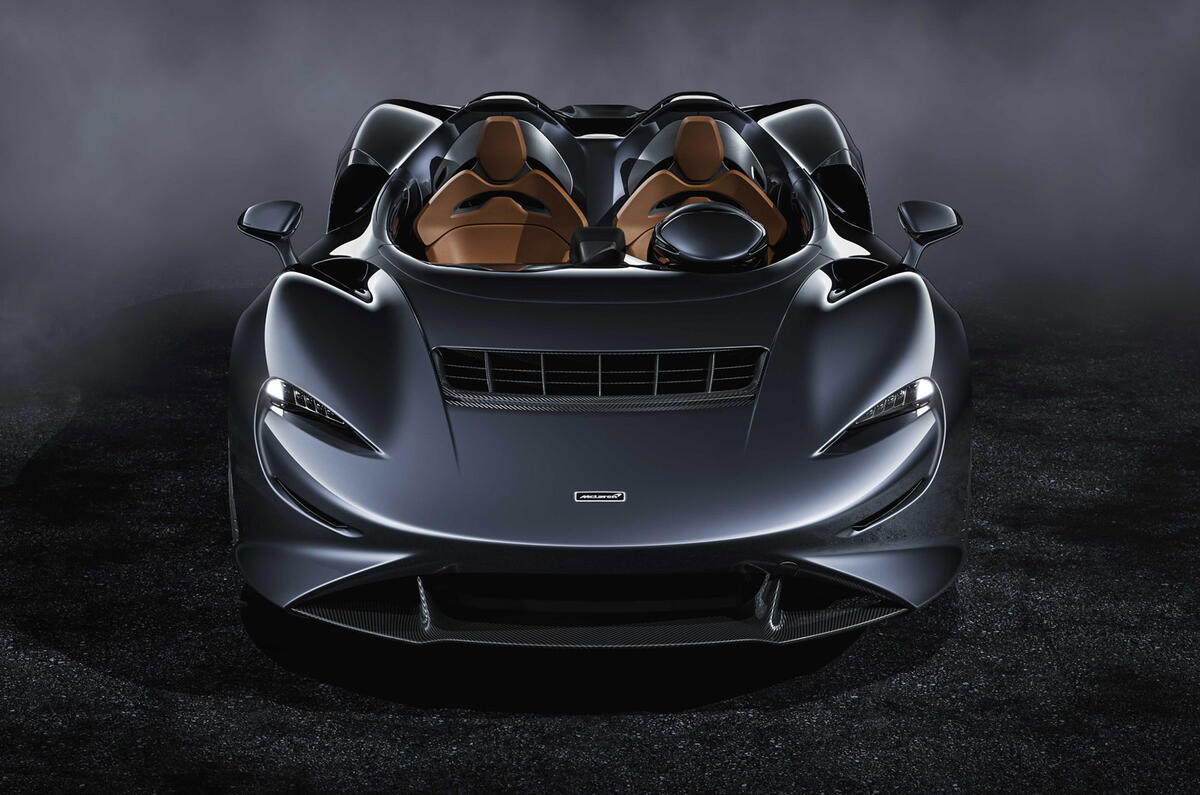
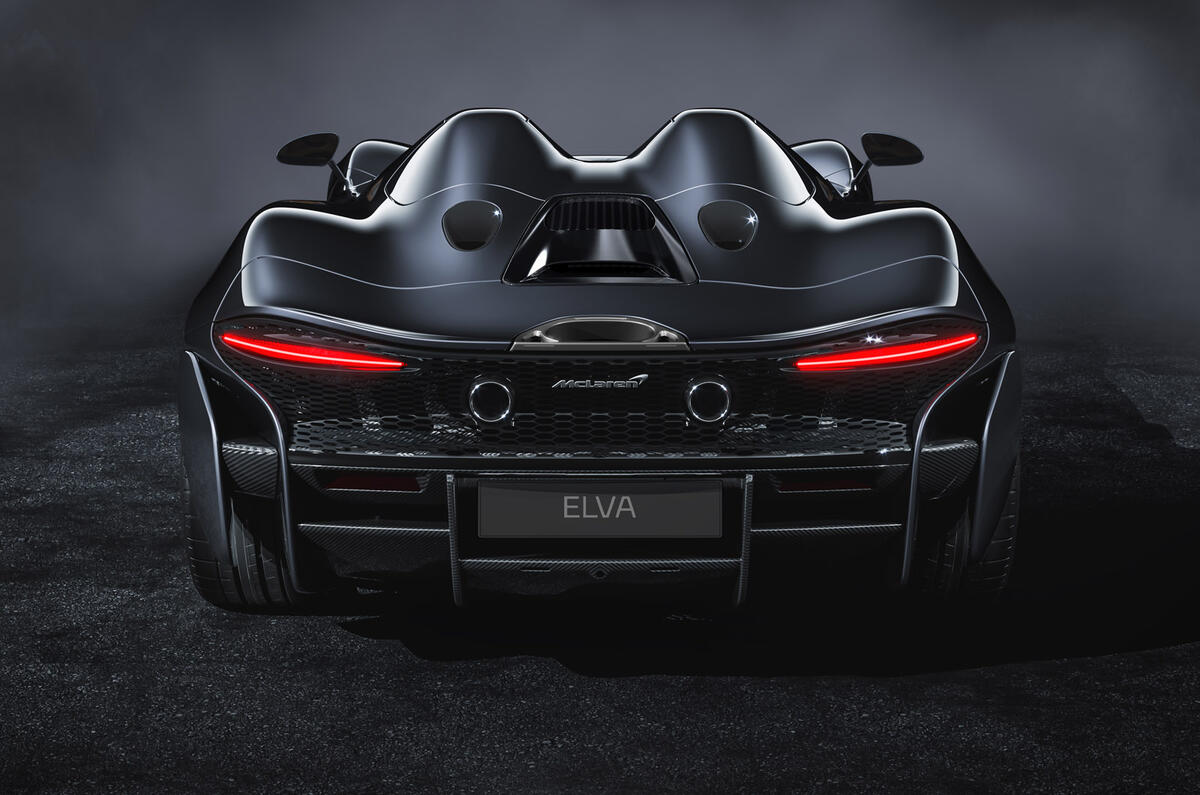
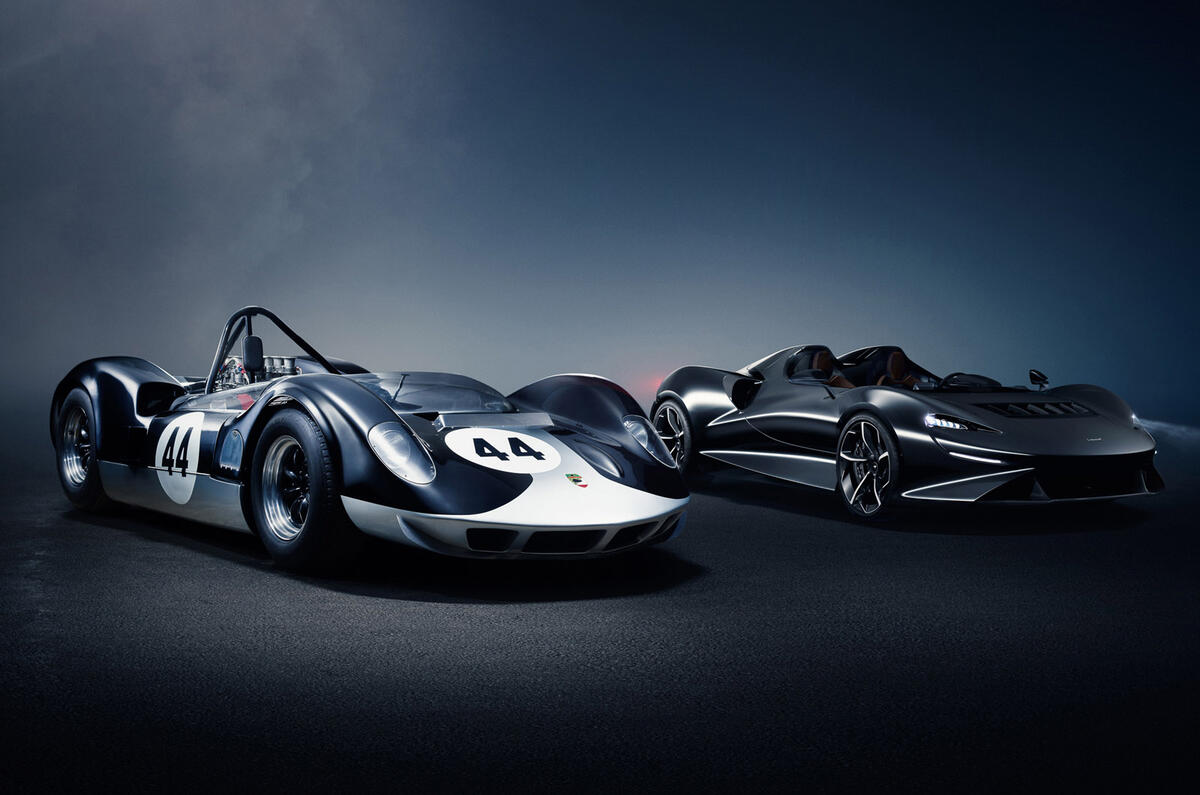
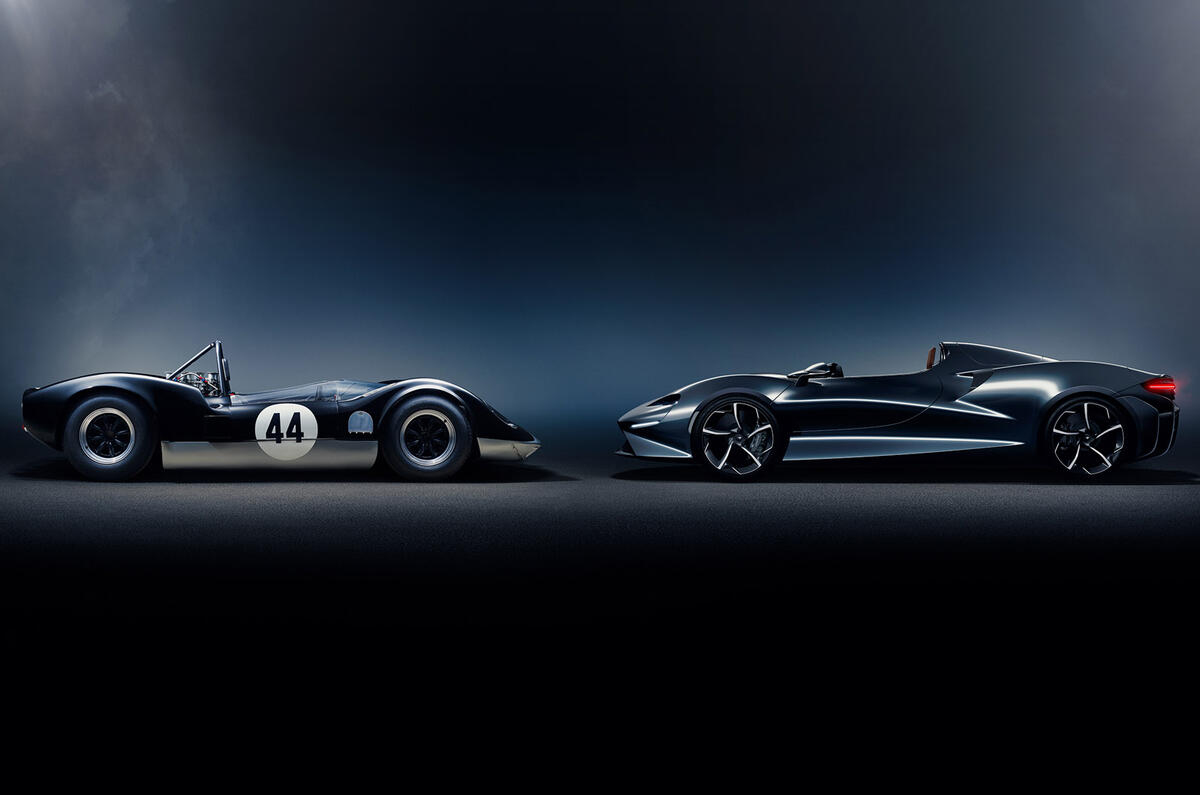
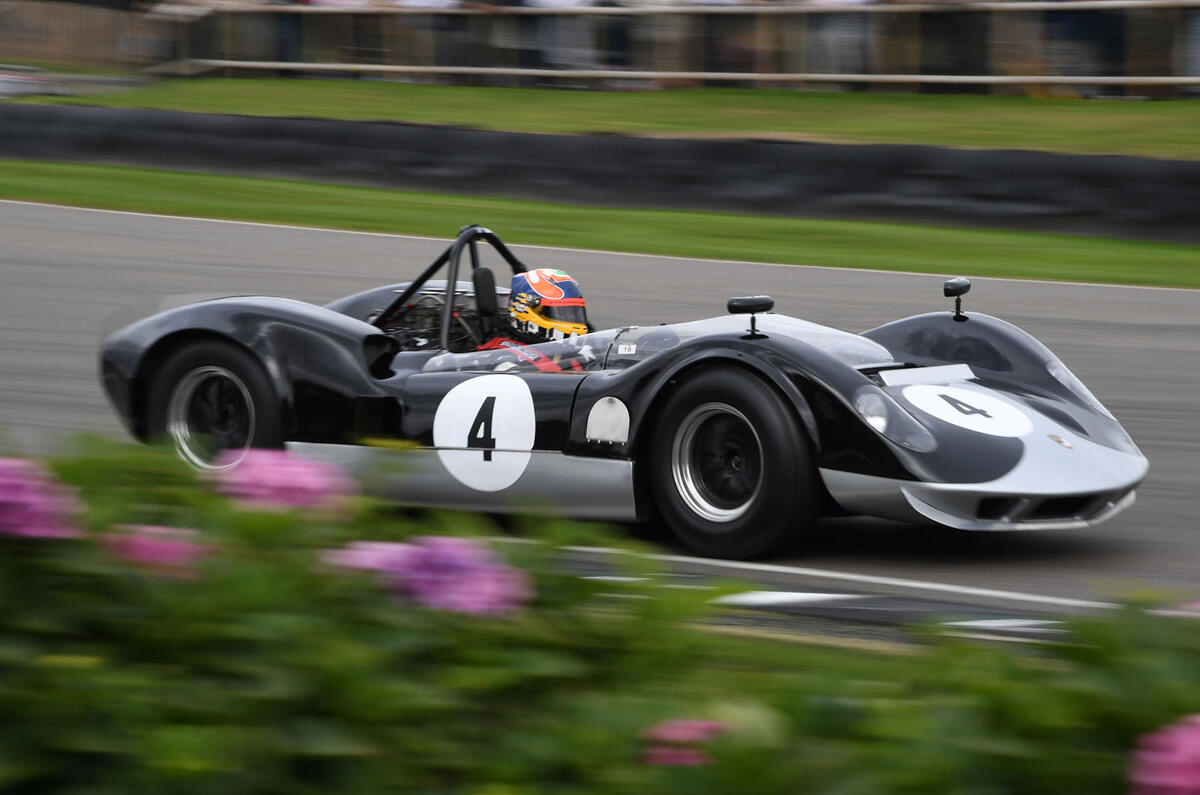
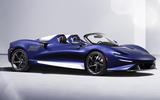
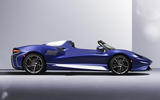
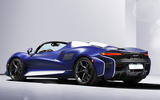
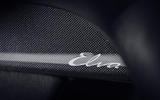
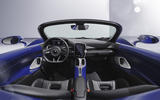
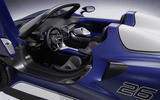
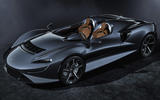

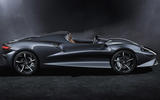
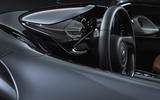
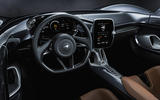
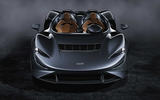
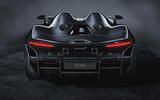

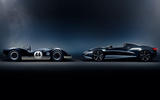


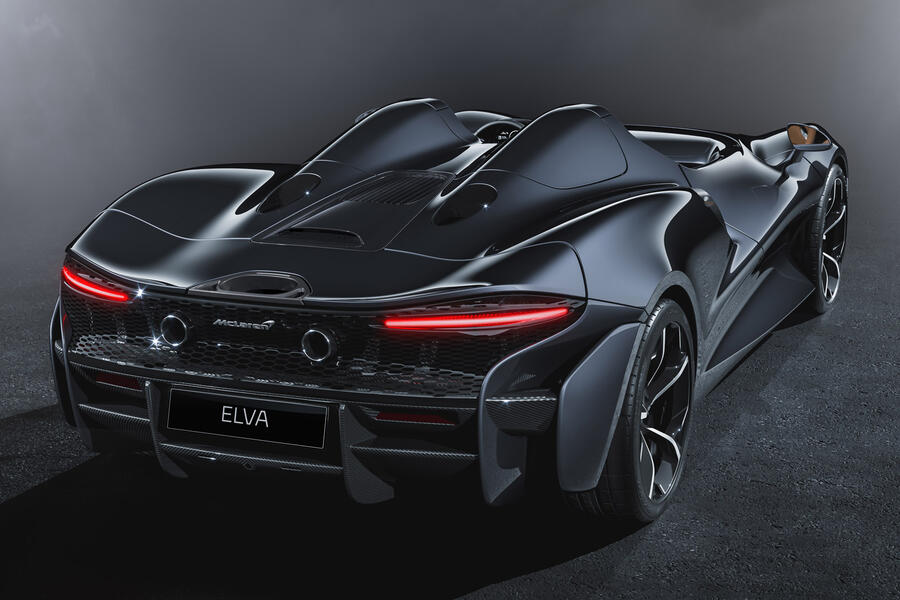
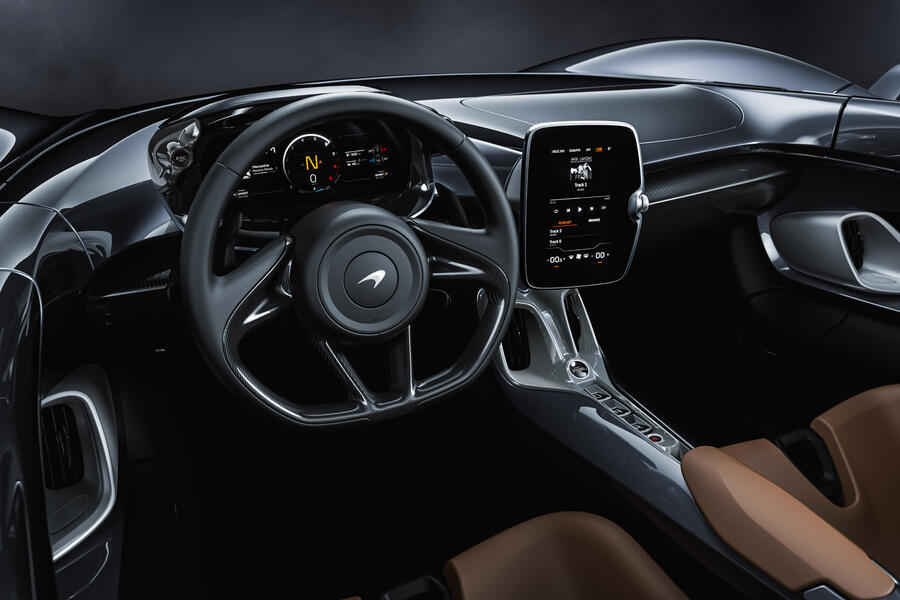
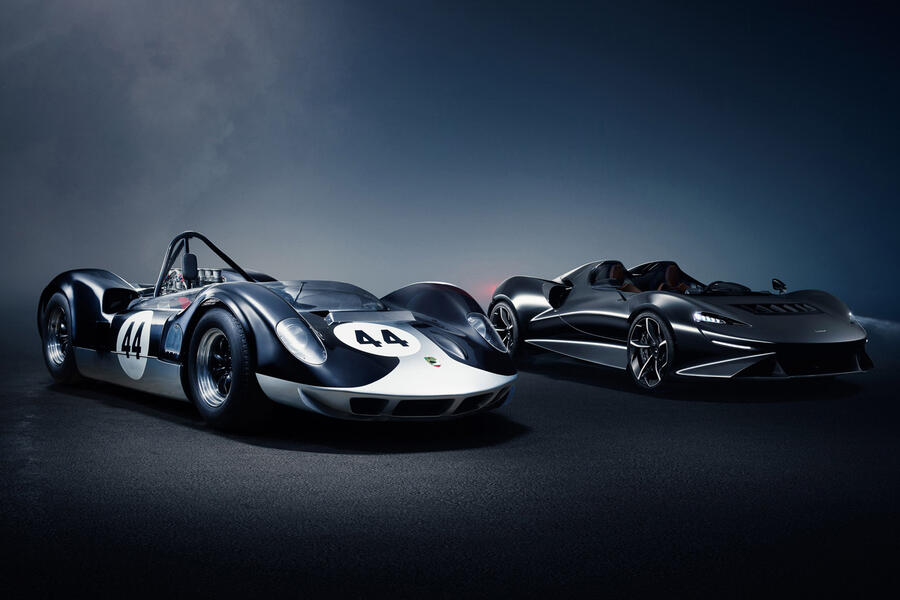





Join the debate
Add your comment
A great shame it's only a left hooker, or I would have ordered one, in Gulf colours as per F1 team in Monaco last weekend. Great result Lando!
I have to admit that I'm a bit torn on this one. No screen one is a great looking car, but if I owned one I'd want the windscreen. Not that it is bad looking with a screen, both Elvas looks superb.
Too late to ask McLaren for a retractable windscreen?
I wonder if McLaren are charging extra for the windscreen? At £1.4M one would expect a windscreen to be a no-cost option!